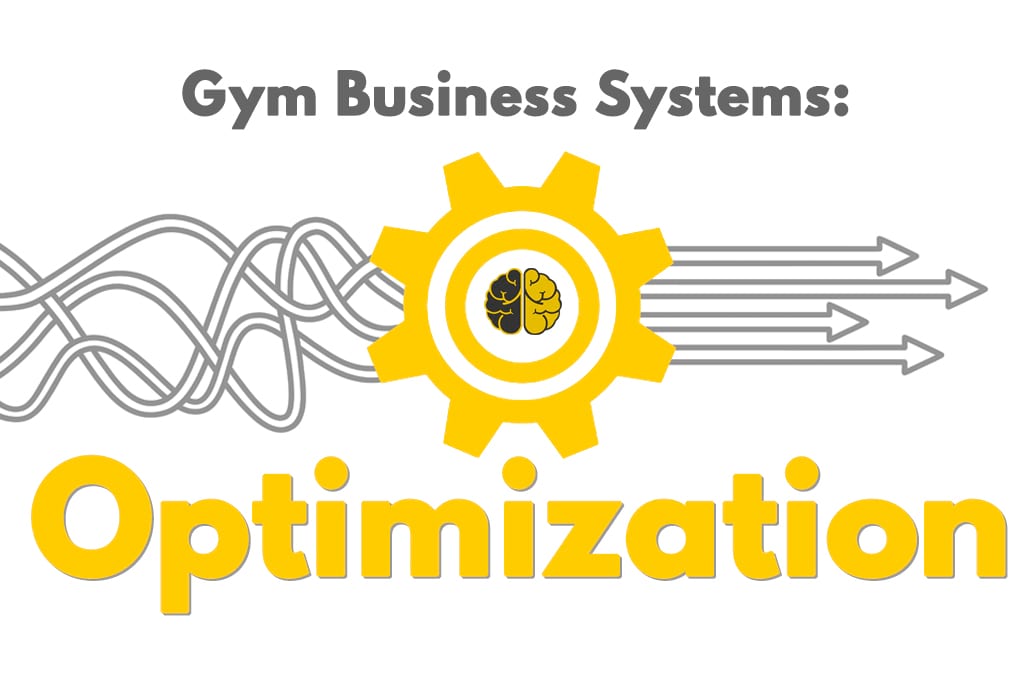When you become a coach, coaching is your craft.
When you open a business, entrepreneurship becomes your craft.
Being a good coach doesn’t make you good at business. That knowledge changed my life.
If you’re going to master a craft, you need to master the fundamentals. The fundamentals of business require systems for each of these six areas:
1. Delivering your service.
2. Upgrading your team.
3. Keeping your clients longer.
4. Teaching your vision to everyone.
5. Generating leads.
6. Selling your service.
You need to learn what to do, get some reps yourself, record the process for others and then make your systems better.
Systemize, Optimize, Automate
In Part 1, I told you the value of systemizing your business and how that process changed my life.
If you’re going to master a craft you must become a master of the basics.
We see this in other crafts, too—not just painting and storytelling. Take baking or golf, for example.
Everyone can learn to bake. But if you want to master the craft, nothing is better than going to baking school and learning the fundamentals of baking.
Even professional golfers who plateau break their swings down to the basics (grip, stance, ball position, etc.) and rebuild them to generate more power and, most importantly, create more consistency.
Always Improving
Systems aren’t static. You must constantly audit your systems and ask, “Is this still the best way to do this?” That’s called optimization.
After you’ve tested your systems and proven them to be replicable every single time, you can edit them.
I say “edit” because editing your systems is like editing a book: You look for ways to deliver the same service with less effort. You look for efficiencies and cut for clarity.
For me, this usually means asking something like this: “If I put this instruction in the first email every client gets automatically, will it save me having to answer a question individually every time?”
For example, when I scaled Two-Brain Business from 10 clients to 50, I asked myself, “What are the most common things I’m telling everyone?” And then I put those lessons into video form. When new clients got on a call, most of the “teaching” was already done, and we could work together on implementation.
For you, this might mean recording movement demos or sending instructions to set up MyFitnessPal.
It could also mean removing things that aren’t absolutely necessary. For example, I used to send every client a six-page PDF on the Zone Diet. Now I just say, “Here are your macros. Here’s the benefit of eating this way.” They take action faster and make gains sooner.
The Systems Bible
Your staff playbook is the repository for your systems. Two-Brain Clients get samples, templates and step-by-step instructions in our RampUp program. It’s not the sexiest part of the RampUp phase, but it’s the most important: You’re going to build your staff playbook and totally systemize your business.
Every year, you’re going to go through your staff playbook with your team.
You’re going to tell them, “Friends, this is open for feedback. But when we leave here today, we will all agree to do things exactly the way we’ve committed them to this book.”
Every quarter, you’re going to go through the staff playbook by yourself. You’re going to ask, “Is this still the best way?”
You’re going to upgrade your systems to the new gold standards in the industry or just change them based on your experience. Two-Brain clients in the Growth Phase are constantly updating their playbooks because the gold standard goes up fast in that group.
Finally, every time you do something new, adopt a new process, come up with a new policy or encounter a new problem, you’re going to put everything in your playbook.
For me, this often means that every time I screw something up, I write down my mistakes. I make a lot of mistakes. But I have permission to make mistakes because I know they won’t be wasted. I use them to create new systems or optimize old ones.
Next: Automation
The third phase of building systems is automation. In Part 3, we’ll give you our annual Gym Management Software Review.
Systemize, optimize, automate—these are the steps to growing without constantly slipping backward. Without systems, you’re going to always take one step forward and one step back. Optimizing your systems allows you to make giant strides forward with fewer and fewer steps backward.
Other Media in This Series
Gym Business Systems: How to “Survive a Bus Crash”
Gym Business Systems: How to Automate

